The study of scientists of the Perm Polytechnic will help increase the durability of bridges. They studied how the materials from which the layers of their reference parts produce themselves under the action of the external environment. This will avoid the collapse of bridges and reduce financial and temporary costs for their repair.
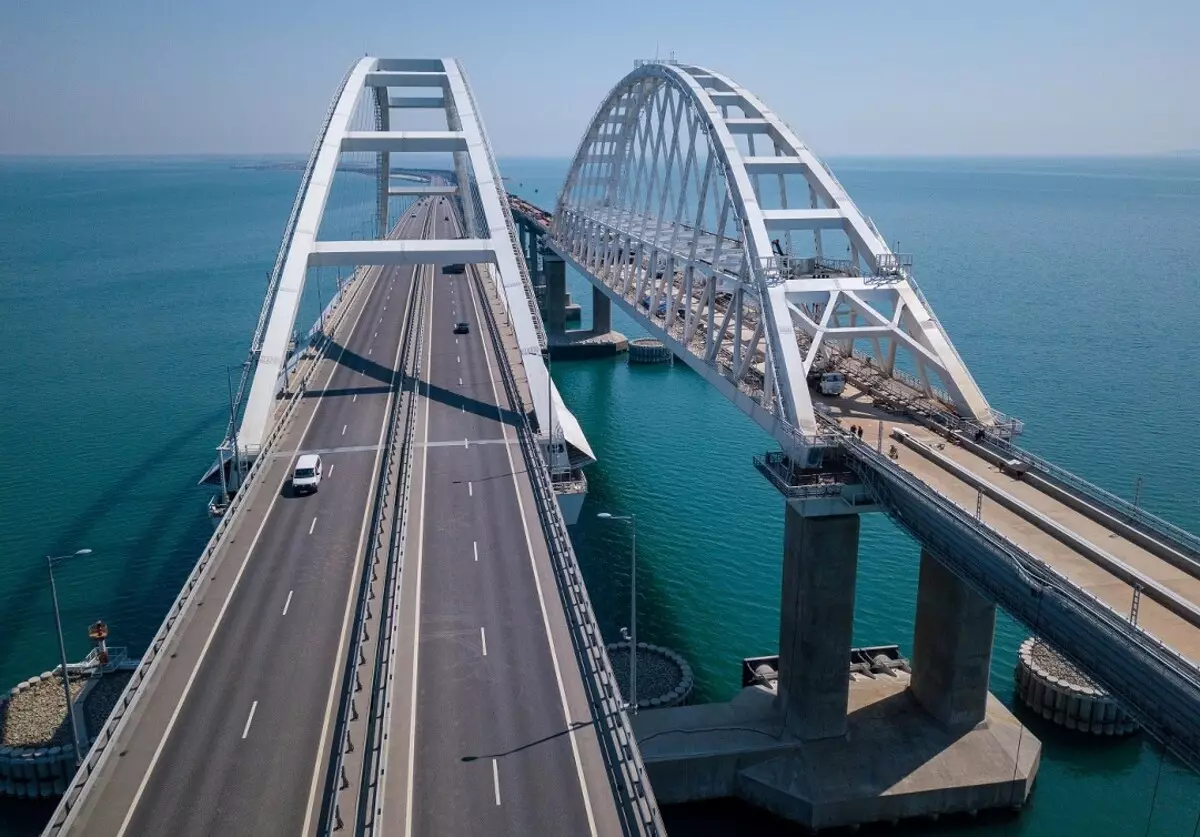
Scientists have fulfilled work with the financial support of the Russian Fundamental Research Foundation. The results of the work were published in IOP Conference Series: Materials Science and Engineering, Advances In Intelligent Systems and Computing Book Series: Digital Science and Integrated Science in Digital Age.
"The number of cars and rail transport every year increases, and the requirements for responsible elements of bridges are also increasing. The reference parts are experiencing constant loads from the bridge span, are under the action of thermal expansion and compression, shrinkage and seismic perturbations.
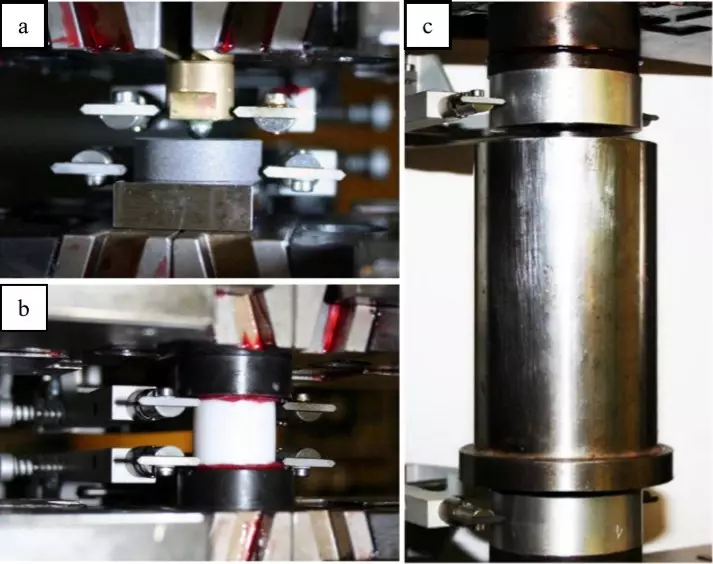
To extend the life of the bridges, modern antifriction materials and composites are used as a layer for their reference parts. But the data on their mechanical properties and models of "behavior" is not enough, "says Candidate of Technical Sciences, Associate Professor of the Department" Computing Mathematics, Mechanics and Biomechanics "Perm Politeha Anna Kamensky.
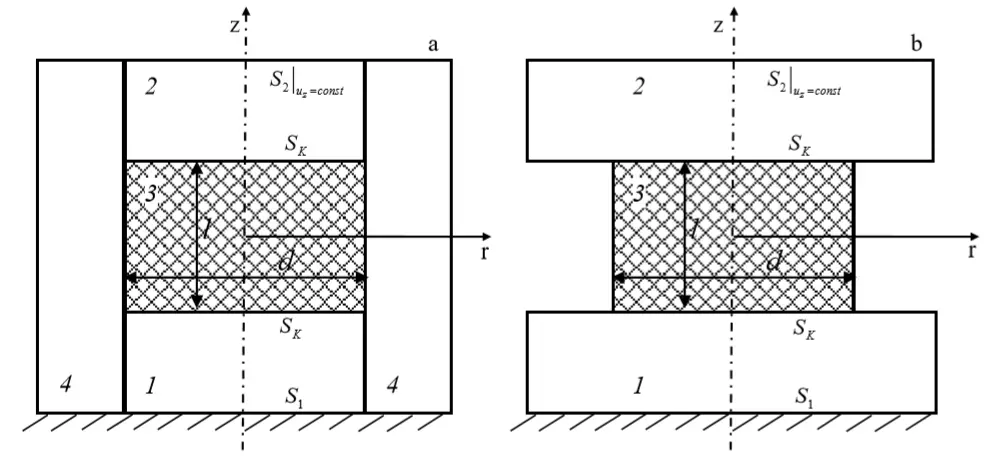
Scientists investigated the "behavior" in the supporting parts of the bridges of more than 30 promising polymer and composite materials. In particular, they studied ultrahigh molecular weight polyethylene, modified floroplast and composites based on them. Using the parameterized numerical model of the spherical support part of the bridge, the researchers found out how the layer form and the properties of materials affect the deformation and destruction of structures.
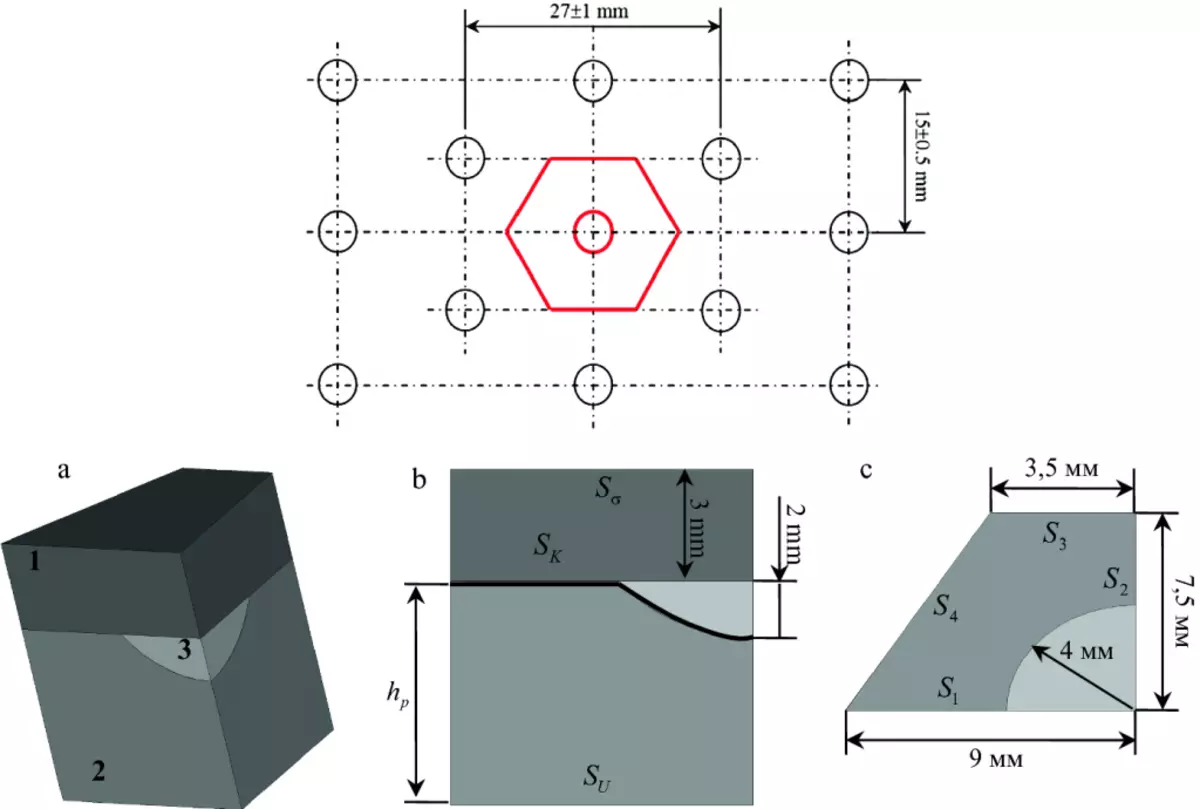
They compared the supporting parts with layers with a thickness of 4 to 8 millimeters. Scientists have found that an increase in layer thickness up to 6-8 millimeters reduces the deformation of the structural elements, and the most effective materials for their creation have become a modiced fluoroplastic and high molecular weight polyethylene.
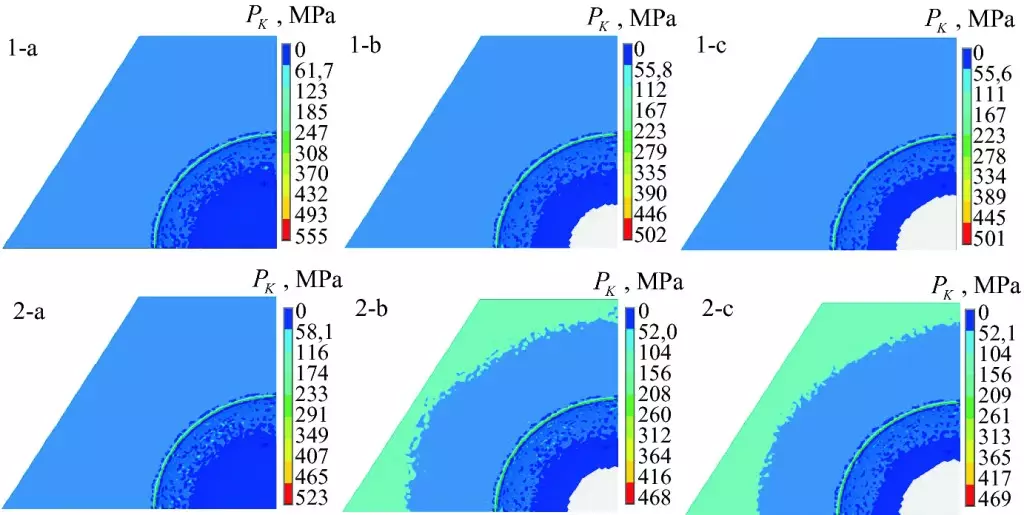
The researchers studied the supporting parts of the bridges on the basis of the production of the Perm company Alfatekh, which became interested in the project. The results of the work of scientists of the Permcian Polytechnic are already used in the design of new elements of bridge structures. The results of numerical and internally experiments and engineering calculations helped to improve the structures of bridges.

"Models of behavior of materials under the action of the external environment are promising for use not only in construction, but also in the machine, air and automotive industry. In addition, they can be used in biomechanics and medicine - for example, when modeling the "behavior" of the knee joints or endoprosthesis of the hip, "explains Anna Kamensky.
Source: Naked Science
